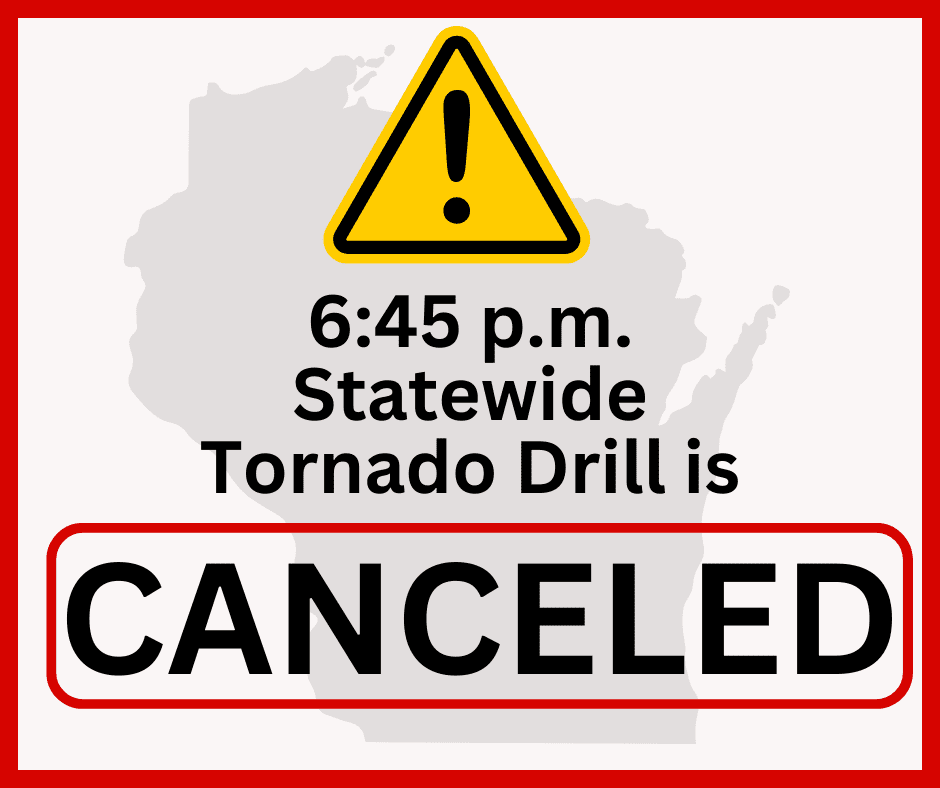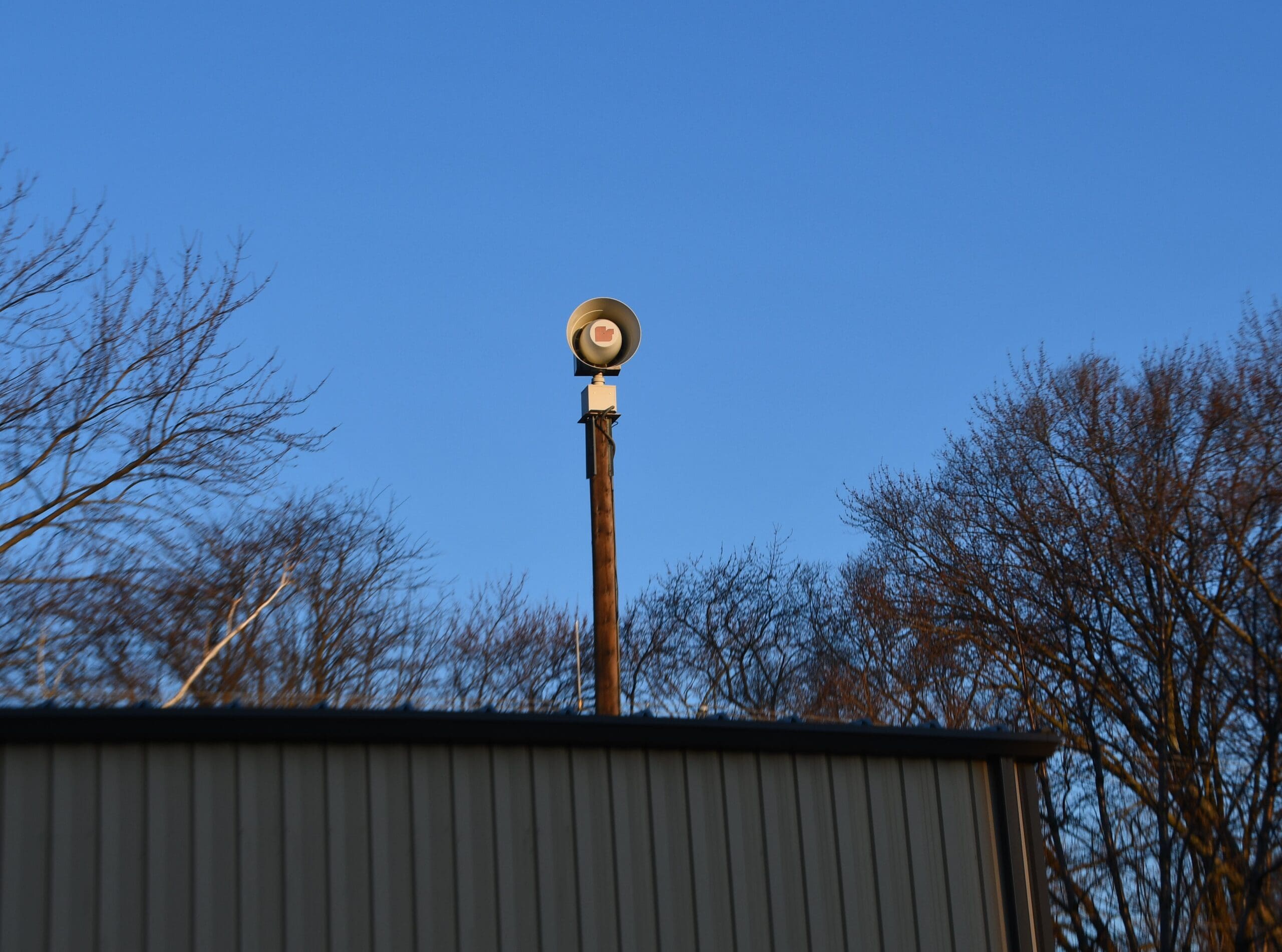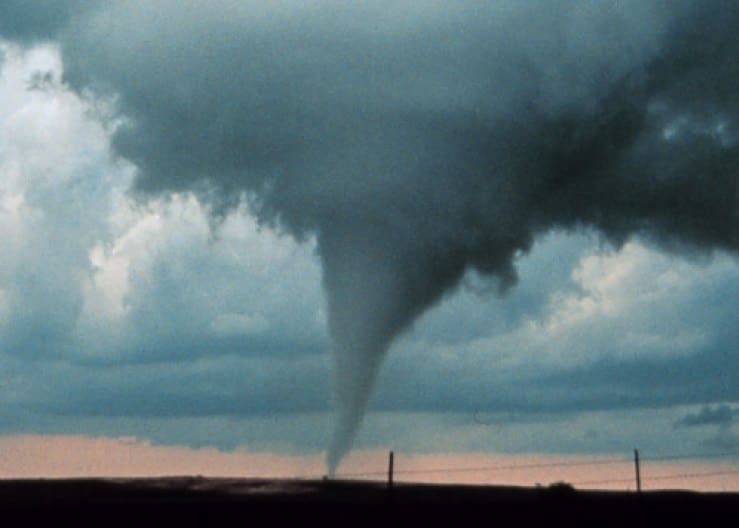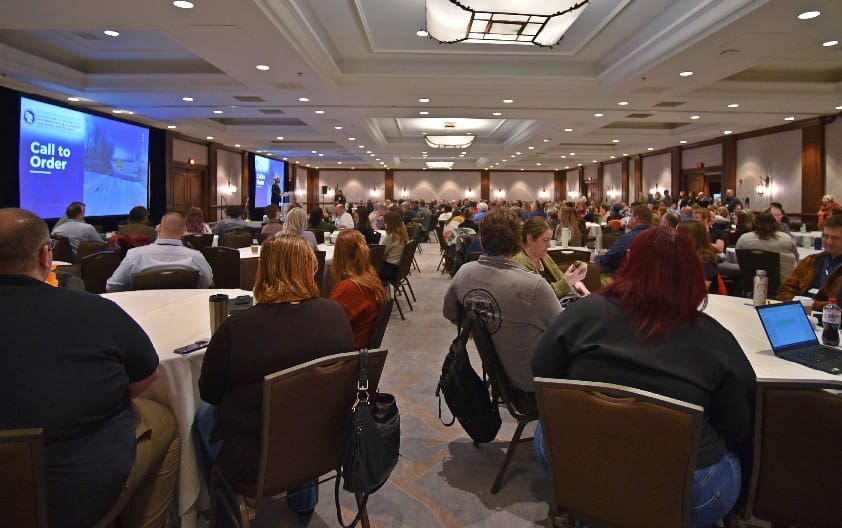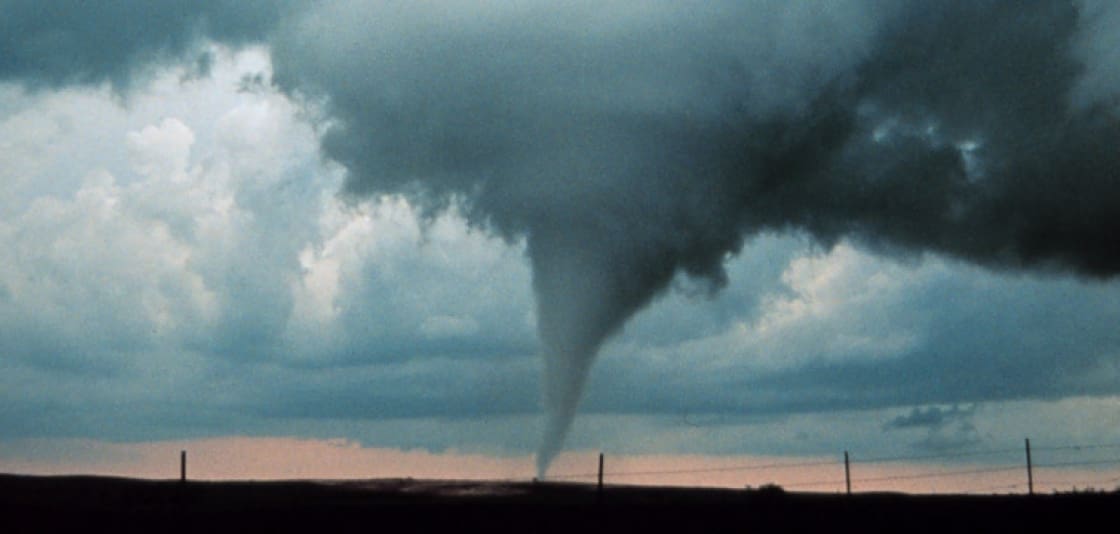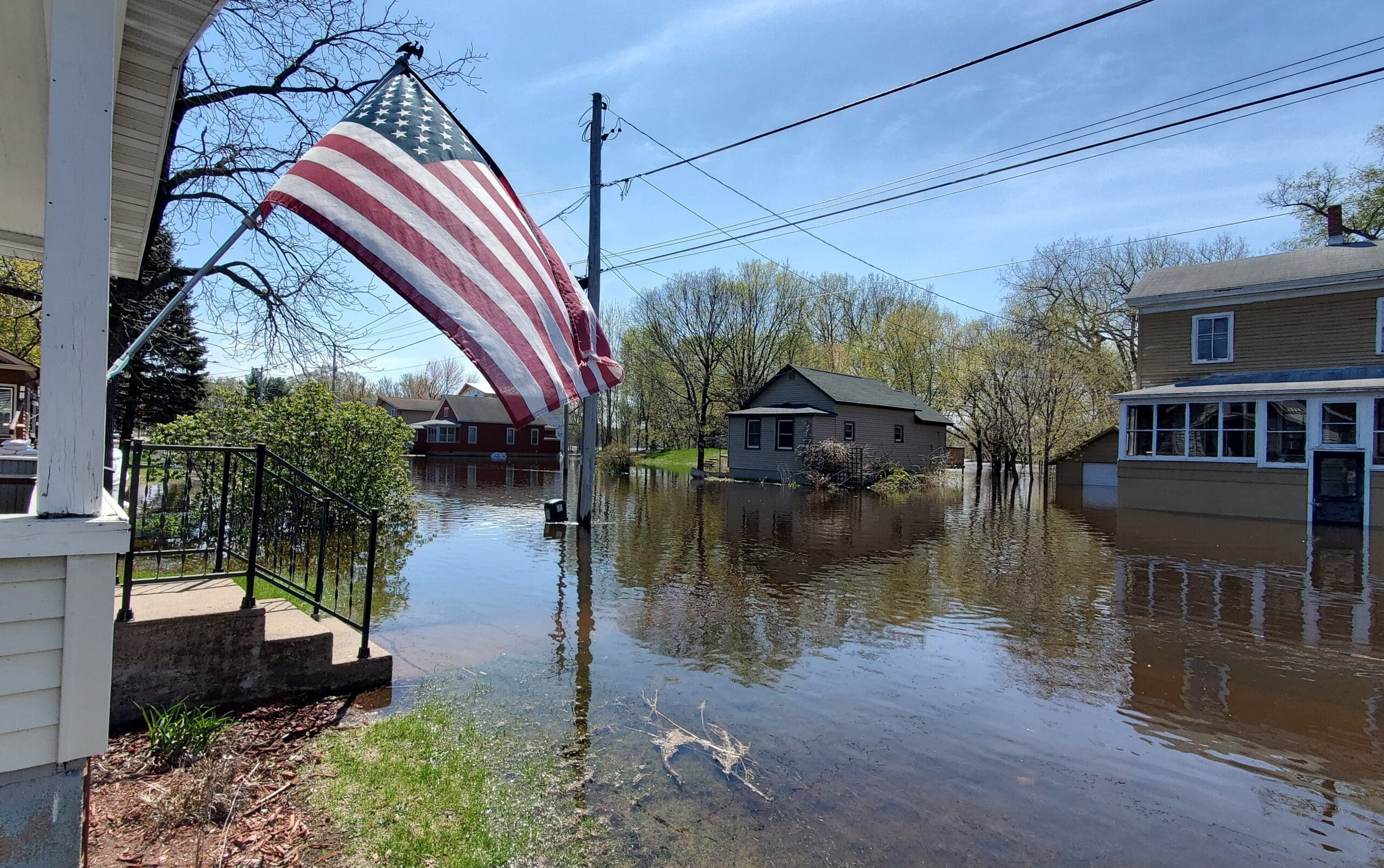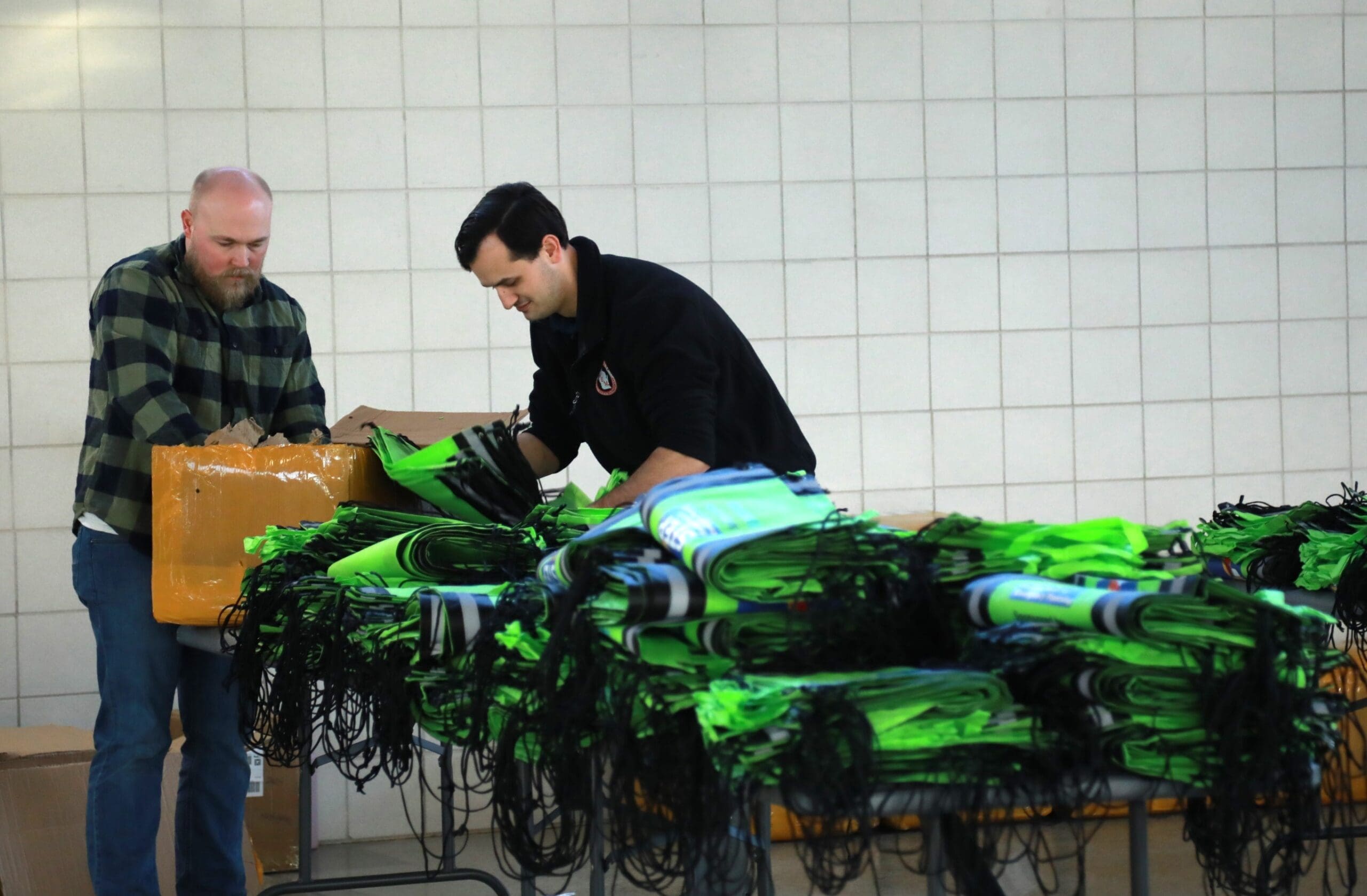Wisconsin Emergency Management (WEM) is announcing the grant opportunity application period is now open for nonprofit organizations […]
Contact: dmawempio@widma.gov MADISON, Wis. – Increasing concerns about the potential for severe weather to develop in Wisconsin […]
Contact: Andrew Beckett – dmawempio@widma.gov When tornadoes are in the forecast, ReadyWisconsin wants to ensure everyone knows […]
Storms can develop quickly in Wisconsin, and knowing what to do when a severe weather warning is […]
The importance of building partnerships and overcoming complex challenges were two key messages that resonated with attendees […]
As Wisconsin springs forward and daylight saving time begins, it is also an opportunity to prepare for […]
Tornado and Severe Weather Awareness Week in Wisconsin will take place April 8-12 this year. This annual […]
The spring of 2023 saw historic flooding hit parts of Wisconsin, which forced roads to close and […]
Students across the state will learn the importance of being prepared for emergencies this spring through the […]
Registration for the 56th Annual Wisconsin Governor’s Conference on Emergency Management & Homeland Security is now open! This year’s […]


